If you’re looking to add some excitement and variety to your garden, why not grow unusual vegetables that stand out with their vibrant colors, unique shapes, or unexpected flavors? These lesser-known crops can bring a fun twist to your harvest while still being just as easy to grow as traditional veggies.
In this article, we highlight 18 unusual vegetables to grow for a garden full of surprises. From purple tomatoes and candy-striped beets to noodles made from snake gourds, these veggies will add color, flavor, and conversation-starting appeal to your garden and kitchen. If you’re ready to grow something beyond the ordinary, these unique vegetables are a must-try!
Romanesco Broccoli
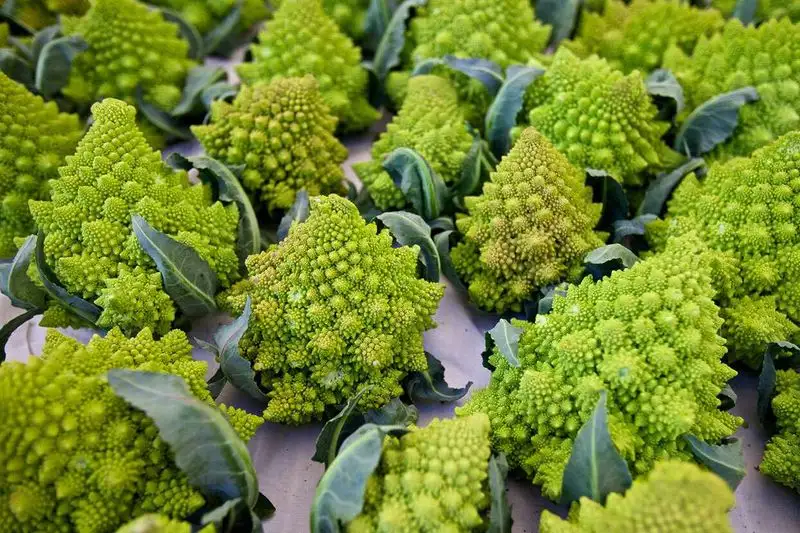
With its intricate, fractal pattern, Romanesco broccoli is a true visual spectacle. This lime-green vegetable not only captivates with its appearance but also offers a nutty, slightly tangy flavor that pairs well with a variety of dishes. Its unique shape makes it a conversation starter at any meal. As it matures in the garden, watch as its spiraled florets form, creating a mesmerizing geometric design. Ideal for steaming or roasting, its crunchy texture adds an interesting dimension to your cooking. Romanesco’s compact size makes it perfect for smaller garden spaces. Its visual appeal is matched only by its culinary versatility.
Purple Carrots
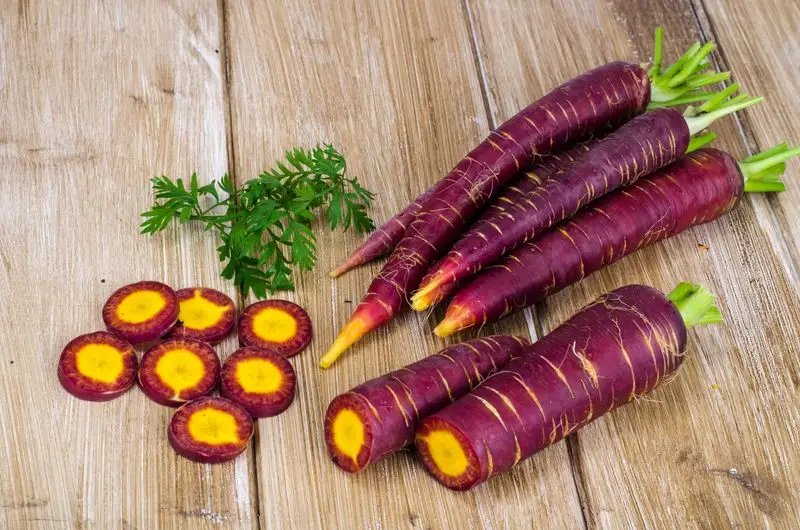
Purple carrots bring a burst of color to your vegetable patch, offering more than just aesthetic appeal. Their deep purple hue indicates a richness in antioxidants, particularly anthocyanins, known for their health benefits. Not only do these carrots add a sweet, earthy flavor to your dishes, but they also provide a visually striking element. They can be consumed raw, roasted, or even juiced. These carrots thrive in well-drained soil and require little more than regular watering and sunlight. Besides their obvious health advantages, purple carrots are sure to catch the eye of anyone strolling through your garden.
Celeriac

Celeriac, often overlooked, is a hidden gem with a subtle celery flavor. Its knobbly, bulbous appearance might not scream elegance, but once peeled, it reveals a creamy white flesh. This vegetable is versatile, lending itself to mashing, roasting, or using in soups. It thrives in cooler climates and requires a lengthy growing season. Celeriac’s earthy taste and smooth texture make it a delightful addition to winter dishes. Despite its humble looks, it offers an exciting way to enhance your culinary repertoire with its mild, yet distinctive flavor. A must-have for those seeking to explore beyond traditional root vegetables.
Kohlrabi
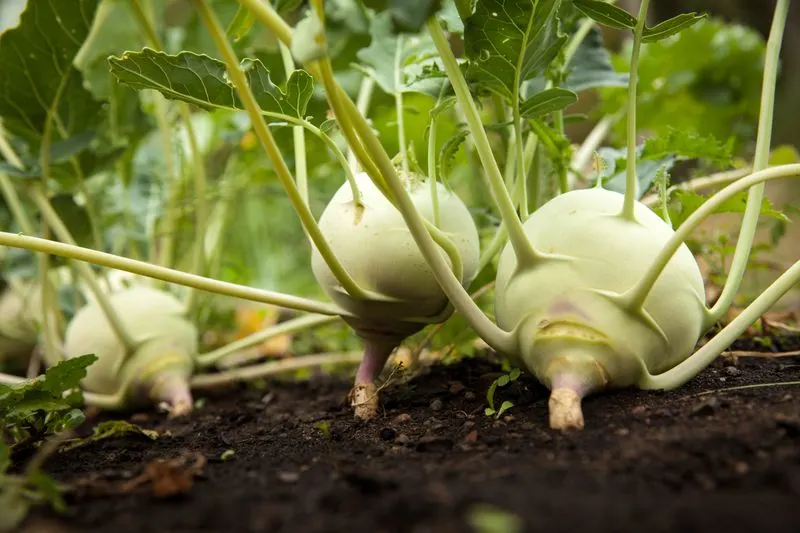
Sporting a unique, bulbous stem, kohlrabi is often described as alien-like. Its crisp texture and mild, radish-like flavor make it a versatile addition to salads and stir-fries. This vegetable prefers cooler temperatures and is relatively easy to grow. When harvested, its leaves can also be used, adding extra value to your yield. Kohlrabi’s appeal lies in its adaptability; enjoy it raw for a crunchier bite or steamed for a softer texture. Whether purple or green, its striking appearance will intrigue both gardeners and dinner guests alike, making it an excellent choice for those looking to diversify their garden harvest.
Oca

Originating from the Andes, oca offers a burst of flavor akin to potatoes with a citrus twist. These small, vibrant tubers come in a variety of colors, each with a slightly different taste profile. Perfect for roasting or boiling, oca adds a tangy zest to meals. They thrive in cooler climates and are relatively low-maintenance. Plant them after the last frost, and expect a harvest in late autumn. Their cheerful appearance adds a pop of color to garden beds, and their unique taste makes them a delightful alternative to traditional potatoes. A treat for both the eyes and the palate.
Yardlong Beans
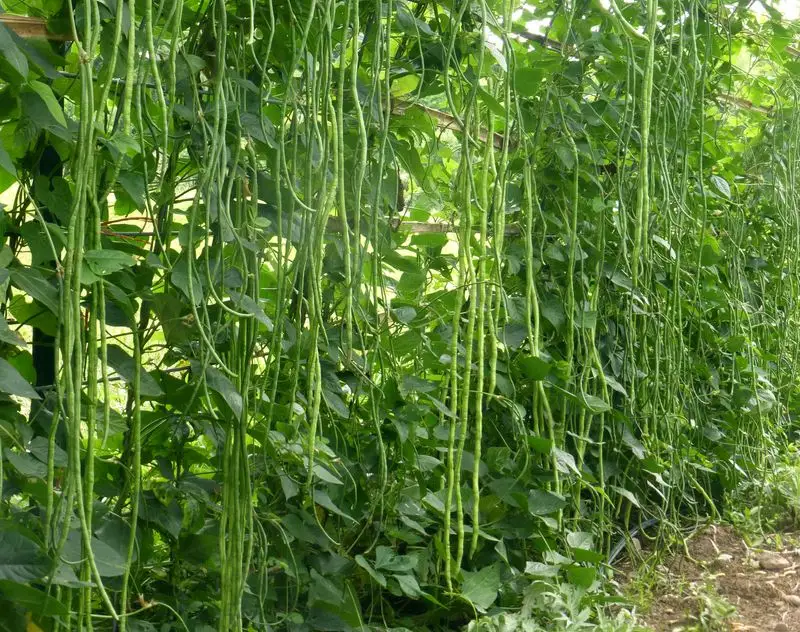
Yardlong beans, stretching impressively to over a meter, challenge conventional vegetable norms. These beans are a staple in Asian cuisine, offering a tender texture and mild flavor. They grow vigorously in warm climates and require sturdy support structures to accommodate their length. Harvesting is essential before the beans become tough, ensuring a continuous supply throughout the growing season. Whether stir-fried, steamed, or sautéed, yardlong beans bring a delightful crunch to dishes. Their rapid growth makes them an excellent choice for gardeners seeking quick results. These beans are both a horticultural and culinary marvel, perfect for adventurous growers.
Mizuna
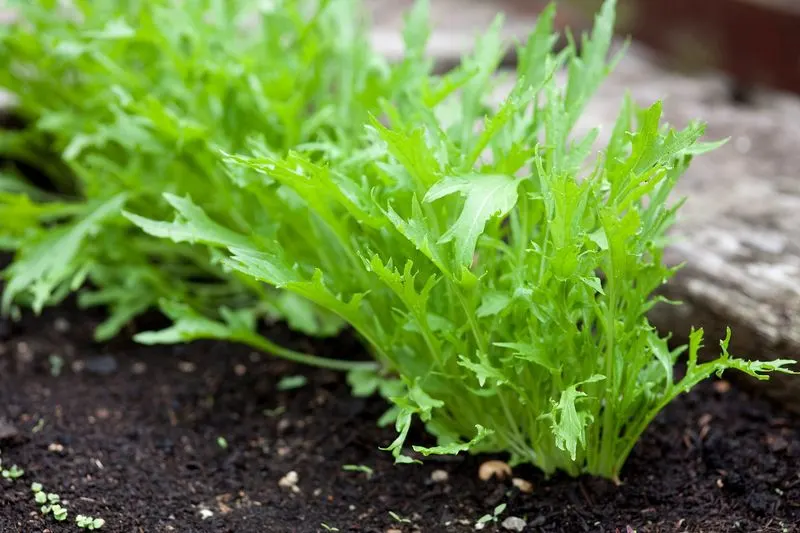
Mizuna is a Japanese mustard green known for its delicate, feathery leaves and mild peppery taste. It thrives in both warm and cool climates, making it a versatile choice for year-round cultivation. Often used in salads and stir-fries, mizuna’s crisp texture and subtle flavor complement a variety of dishes. Easy to grow, it requires minimal care and can even be cultivated in containers. Its rapid growth ensures a quick harvest, allowing for multiple plantings throughout the season. Mizuna’s resilience and distinctive taste make it a valuable addition to any garden, offering both aesthetic and culinary benefits.
Salsify
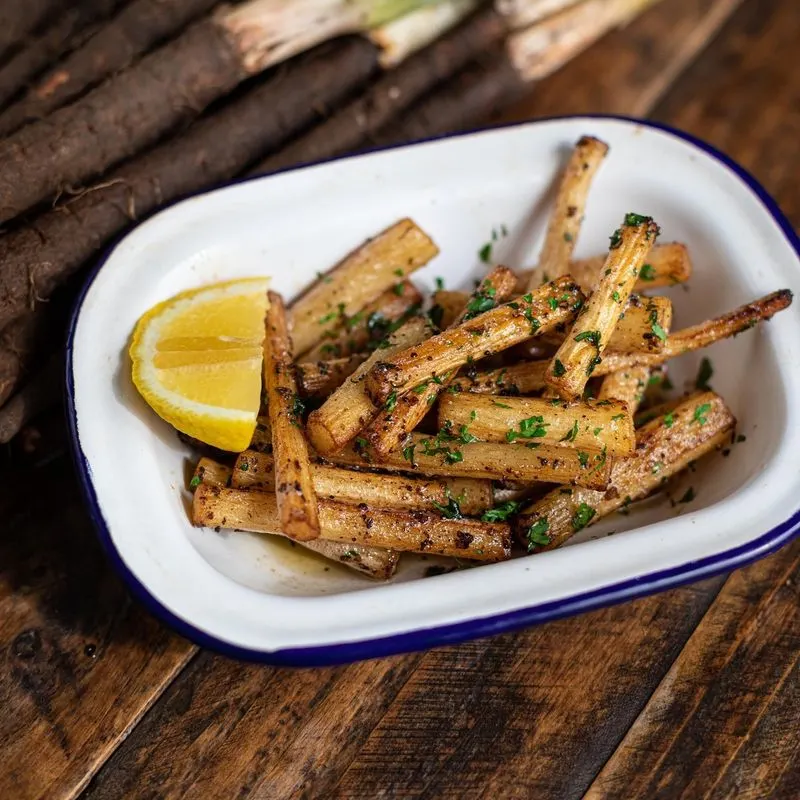
Salsify, often nicknamed the ‘oyster plant,’ is prized for its subtle, seafood-like flavor. Its long, tapering roots resemble parsnips and require deep, well-drained soil to thrive. Best harvested after a frost, its flavor sweetens, making it an ideal addition to soups and stews. This unique root vegetable is not only nutritious but also adds variety to your winter menu. Salsify’s understated appearance belies its culinary potential, offering a taste reminiscent of oysters or artichokes. Gardeners will find it a rewarding challenge, as its cultivation requires patience and care, but the results are well worth the effort.
Malabar Spinach
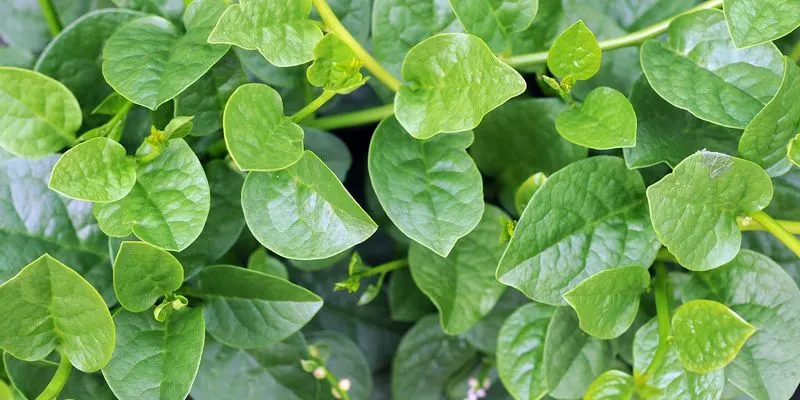
Malabar spinach, unlike traditional spinach, is a heat-loving vine with fleshy leaves and stems. Its lush growth makes it an excellent choice for vertical gardening. Not only does it provide a continuous supply of greens in warm weather, but its slightly mucilaginous texture adds a unique touch to salads and soups. Easy to cultivate, it thrives in warm conditions and requires minimal care once established. Its striking red stems and glossy leaves offer a visual treat, while its nutritional profile, rich in vitamins A and C, ensures it’s a healthy choice. Perfect for those wanting to maximize space and flavor.
Cardoon
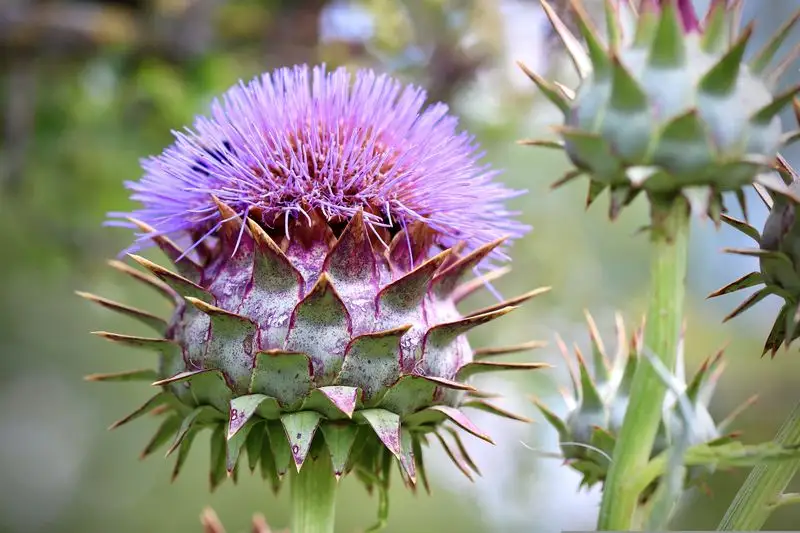
Resembling a thistle, cardoon is a striking plant with silvery foliage and artichoke-like flavor. Its ribs, when blanched, become tender and flavorful, ideal for gratins or casseroles. Cardoons require a sunny spot and well-drained soil, thriving in Mediterranean climates. Their architectural presence makes them a standout feature in any garden. Although they demand a bit of patience, the reward comes in their distinct taste and impressive size. Perfect for an adventurous gardener, cardoon offers a conversation piece with both visual appeal and culinary use, inviting gardeners to experiment beyond the ordinary.
Black Radish

Black radish is a dramatic addition to any garden with its dark, almost black skin and spicy, white flesh. Known for its robust flavor, it adds a peppery kick to salads and slaws. This hardy root thrives in cooler temperatures and is easy to grow, making it accessible for gardeners of all levels. Its striking color and bold taste combine to create a memorable culinary experience. Harvest in late autumn for the best texture and flavor. Beyond its culinary uses, black radish is also valued for its digestive health benefits, offering a unique way to spice up your vegetable garden.
Chinese Artichoke
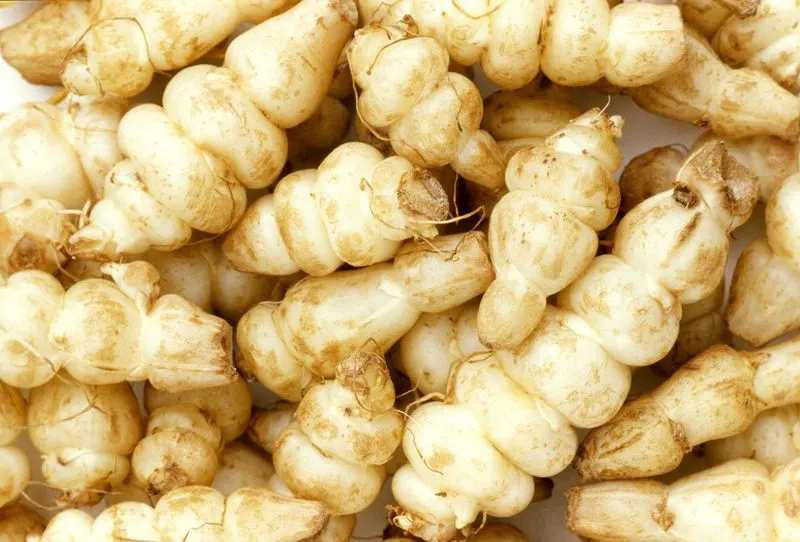
Chinese artichokes, also known as crosnes, are small, knobby tubers with a delicate, nutty flavor. They require little maintenance, thriving in a variety of soils. These tubers are harvested in late fall, offering a crunchy texture when fresh and a smooth flavor when cooked. Their small size and unique appearance make them an attractive addition to any dish. Often used in gourmet cuisine, they add a touch of elegance to meals. Chinese artichokes are an excellent choice for those looking to explore beyond common root vegetables, providing both nutritional value and a distinctive taste experience.
Sea Kale
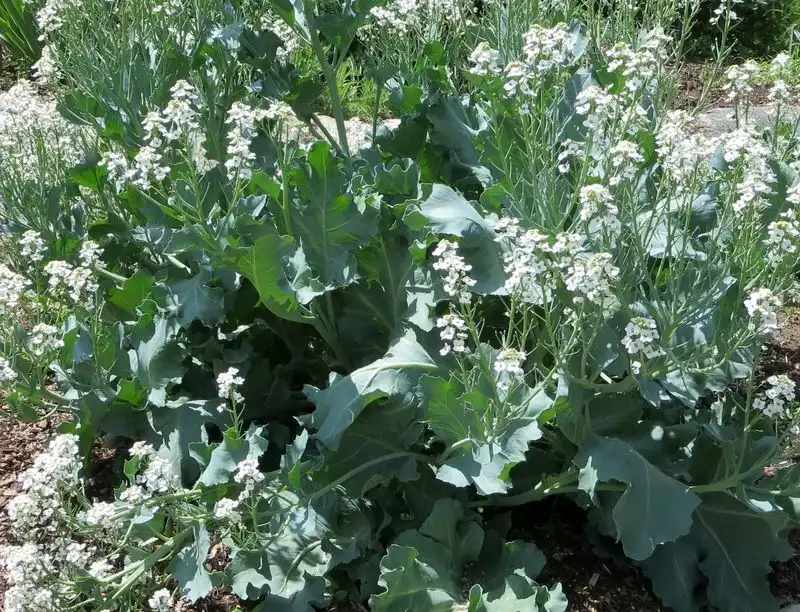
Sea kale is a perennial vegetable that thrives in coastal areas, known for its broad, blue-green leaves. Its young shoots, blanched and tender, offer a nutty taste similar to asparagus. Ideal for sandy, well-drained soils, it is a hardy plant that requires little care once established. Sea kale’s ability to withstand salty winds and dry conditions makes it perfect for coastal gardens. The plant’s unique flavor and texture add diversity to your gardening and dining experience. Its robust nature and gourmet appeal make sea kale a prized addition for those seeking sustainable and unusual edibles in their garden.
Tomatillo
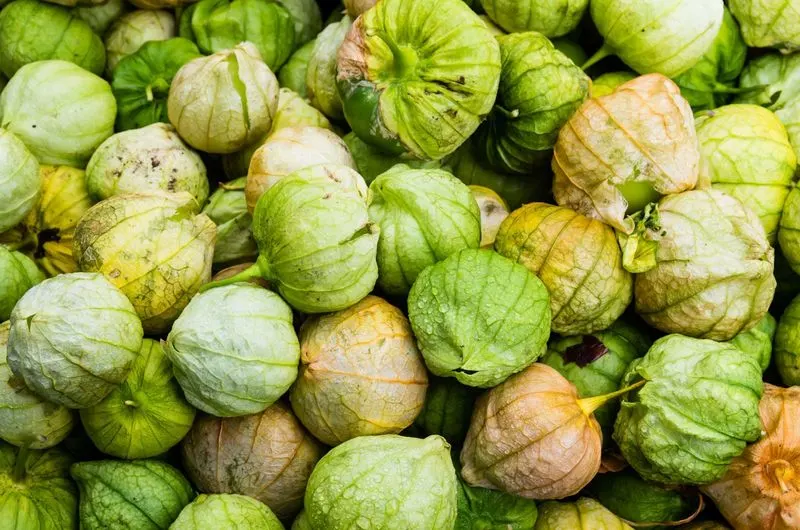
Tomatillos, enveloped in thin, papery husks, are a zesty addition to any garden. They thrive in warm climates and are relatively easy to grow, requiring full sun and regular watering. With a tart, citrusy flavor, tomatillos are a staple in Mexican cuisine, perfect for salsas and sauces. Their bright green color and unique husk make them visually intriguing. Harvest when the husks begin to split, revealing the glossy fruit inside. Their tangy taste provides a refreshing contrast in dishes, making them a versatile ingredient. Tomatillos are a delightful way to expand your garden’s offerings and culinary repertoire.
Amaranth
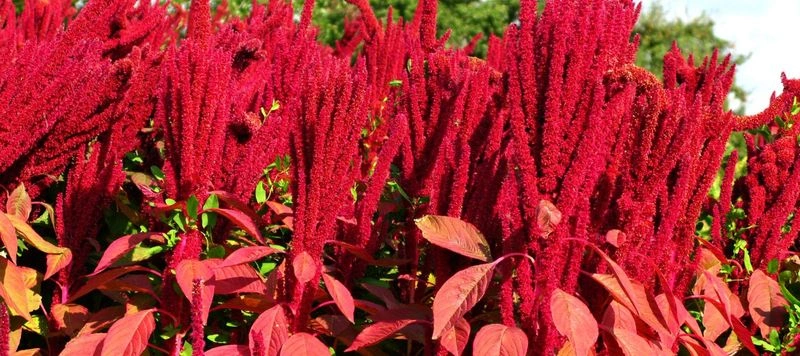
Amaranth is both an ornamental and edible plant, known for its tall, colorful flower spikes. Its leaves offer a mild, spinach-like flavor, while its seeds provide a nutty, grain-like texture. This versatile plant thrives in warm climates and requires minimal care. Harvest leaves regularly to encourage continuous growth, while the seeds can be collected later in the season. Amaranth is not only visually stunning but also packed with nutrients, making it a valuable addition to any garden. Its dual-purpose nature, providing both beauty and nourishment, makes it a standout choice for gardeners.
Perilla
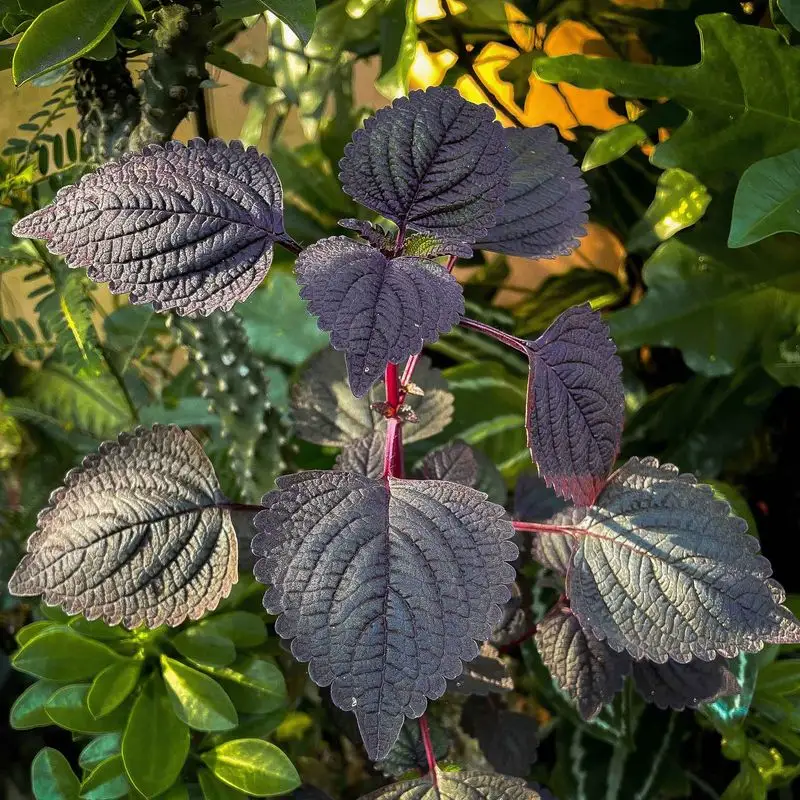
Perilla, often used in Asian cuisine, features aromatic leaves with a unique, spicy taste. It’s an easy-to-grow annual that flourishes in both sun and partial shade. The plant’s vibrant green leaves, sometimes tinged with purple, add a decorative touch to gardens. Perilla’s versatility shines in dishes, offering flavors reminiscent of mint and basil with a hint of anise. Regular harvesting encourages bushy growth, ensuring a continuous supply throughout the growing season. This plant not only enhances the visual appeal of your garden but also enriches your culinary creations with its distinct taste and aroma. Perfect for adventurous cooks.
Chayote

Chayote, a tropical vine, produces pear-shaped, light green fruits with a mild, crisp flavor. It thrives in warm climates, requiring ample space to spread. This versatile vegetable is often used in stews, salads, and stir-fries. Its rapid growth and productivity make it a rewarding choice for gardeners. Chayote’s subtle taste complements a variety of other ingredients, making it a versatile addition to many dishes. Beyond its culinary uses, the plant’s vigorous vines provide excellent shade and ground cover. Chayote’s dual role as food and foliage make it a valuable asset in any warm-climate garden.

